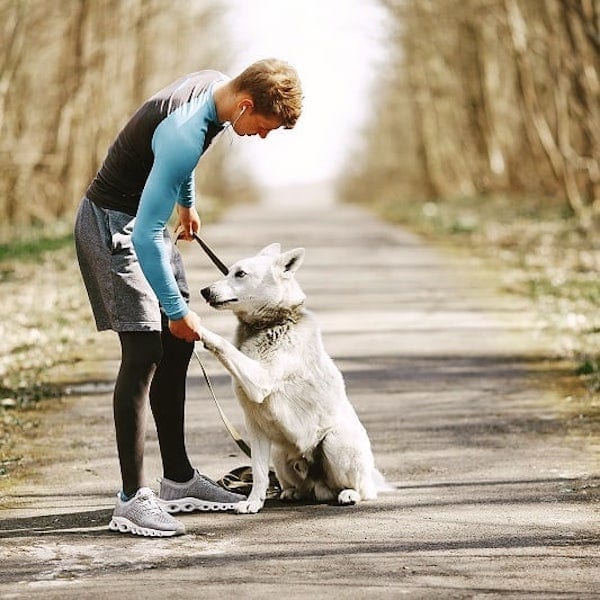Faces are a crucial part of human interaction. We recognize others by only looking at their facial features, and we use facial expressions to communicate. So, it has long been assumed that dogs process faces similarly to how humans do. After all, they get excited whenever they see our faces.
Yet, that’s not exactly true. A new study revealed that while dogs love us, they might not love our faces. They don’t mean to be rude, but they prefer focusing on all of you rather than zeroing in on your face.

Dog Brains vs. Human Brains
Researchers at the Eötvös Loránd University in Hungary studied the differences between how dog and human brains react to faces. The study was published in the Journal of Neuroscience.
Twenty dogs and 30 humans were used in this study. The dogs spent months training in advance so they could sit still during the MRI scans. The scans were non-invasive, so the humans and dogs were not tied down and could leave whenever they wanted. Both the dogs and humans watched a variety of videos while in the MRI scanner.
Each dog and human viewed videos of dog and human faces. Then, for comparison, they also viewed videos with the back of dog and human heads. These videos were played in no particular order. The MRI scanner recorded how the brains reacted to these videos.

The results showed that the dogs did not react to faces the same way that the humans did. When dogs viewed the human’s face vs. the back of their head, their brains showed no significant change. However, for humans, there was a distinct area of the brain that lit up for faces. The only similarity between human and dog brains is that a particular area of the brain lights up when viewing their own species.
So, How Do Dogs Understand Us?
Dogs might not react to human faces the way we do, but that doesn’t mean they don’t love us. Dogs just use other methods to recognize humans beyond just their faces. They pay attention to different body language and rely on smell in many cases.
“They read emotions from faces and they can recognize people from the face alone, but other bodily signals seem to be similarly informative to them,” said Attila Andics, co-author for the study.

Researchers concluded that these findings made sense from an evolutionary standpoint. Dogs and wolves don’t necessarily use facial expressions. They can use ear positions, scents, and other types of body language to recognize another canine and understand how they’re feeling. But for humans, it can be challenging to identify someone without looking at their faces.
Over time, dogs have evolved to understand human facial expressions better. Yet, it will never be their only means of understanding us. Our dogs might not get excited to see our faces, but that’s okay. It just means that they love every part of us, not just our pretty faces.
H/T: nbcnews.com
Featured Image: @elte_official/Instagram
 Toledo, United States.
Toledo, United States.